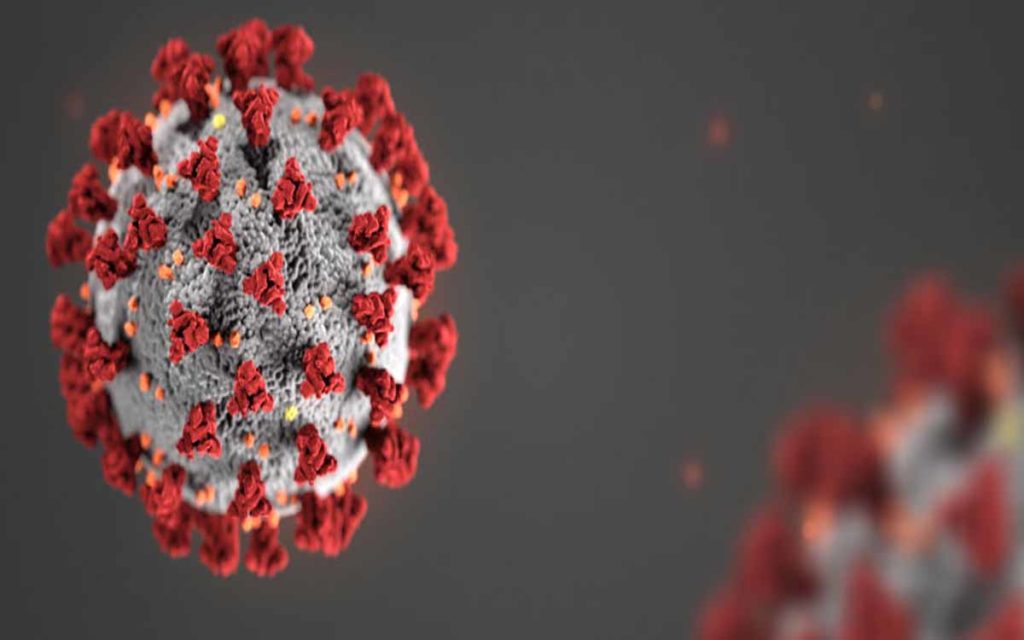
As summer comes to a close, it’s interesting to note where Niagara and Ontario stand with regard to Covid-19 cases. It’s especially worth looking at now because the province sends teachers and students back to school next Tuesday. At the same time, more workplaces will have employees returning.
Will we see a spike in cases in two to three weeks hence?
In Niagara, there are only 11 active cases noted yesterday by Niagara Public Health. Seven of these are in St. Catharines, one in Fort Erie, one in Niagara Falls, one in Thorold and one in Pelham.
It seems logical that the City of St. Catharines would have the largest number of active cases. It is the largest municipality and is home to our largest hospital, which has been the centre of the fight against Covid-19 since March. However, at the same time, it was one of the first Niagara municipalities to mandate the wearing of masks.
Seemingly illogical is that our second largest municipality, Niagara Falls, with almost 90,000 residents, has only one active case. It went to mandatory masks only when the Region of Niagara mandated them. In addition, reading the mainstream media and watching the sensationalist YouTube videos of crowds on Clifton Hill, one would have thought that Niagara Falls would be rife with cases.
Indeed, Niagara Falls tourism suffered greatly in April, May, and June but when the province allowed the economy to move into Stage 2 and then Stage 3 reopening in July and August, Ontario travellers quickly made their way to the Honeymoon Capital in large numbers.
The tourist community went to great lengths to provide masks and implemented social distancing regimes. CEO of Niagara Falls tourism Janice Thomson said she was amazed at the amount of work done by business owners leading up to reopening. “These business owners have made massive investments,” she said.
Tourism operators prepared for weeks in advance to ensure the safety of staff and visitors. “We had to submit our plans to the city of exactly what we’re doing at every attraction,” explained Charlie Burland, whose company owns several attractions and restaurants on Clifton Hill. Burland said he bought 35,000 adult and children’s masks to hand out to customers if they didn’t have one already. “We will be giving masks and gloves to anyone entering our attractions,” he said.
Mayor Diodati and Niagara Falls City Council supplemented these measures by putting in place “Crush the Curve” ambassadors to remind visitors to socially distance, wash their hands frequently and wear masks when possible. “There’s not enough by-law officers in the world to monitor everybody, so we are trying to take a different approach,” explained Diodati.
With one active case in the entire city of 90,000 – many of whom work in the tourism sector serving tens of thousands of visitors – these initiatives appear to have worked tremendously well.
During the summer some of the agriculture communities had some outbreaks. Lincoln, West Lincoln and Niagara-on-the-Lake in particular having had several spikes in cases, often on farms where agricultural workers were housed in close quarters. But as of today, Niagara-on-the-Lake, West Lincoln, Lincoln – alongside Wainfleet, Grimsby, Welland and Port Colborne – have zero current active cases.
Across all of Ontario, as of September 2 there are 1,236 cases. Sixty of those (4.8%) are hospitalized and only 12 are in ICUs. It is interesting to compare this to previous months. On August 2 there were 1,312 cases, 72 of those (5.5%) were hospitalized and 26 were in ICUs. On July 2 there were 1,960 cases, 119 of those (6.0%) were hospitalized and 40 were in ICUs. On June 2 there were 3,932 cases, but back in June 801 of those cases (20%) were hospitalized and 125 were in ICUs. Finally, on May 2 there were 4,332 cases, 1,010 of those (23%) were hospitalized and 232 were in ICUs.
In the early months of the pandemic in Ontario, Public Health and the province were most worried about hospitals being overrun and a shortage of PPE, especially ventilators for those hospitalized and in critical condition in ICUs. As more and more became known about how best to treat the virus, it seems that the severity of many of the cases lessened and the treatment did not require hospitalization, nor depend so much on ventilators. Hence today the comparative dearth of Covid-19 cases currently hospitalized and in ICUs. How clinical treatments changed over time will be an interesting study.
In April in Ontario, there were days where over 15% of people who tested for Covid-19 ended up testing positive. As the number of daily tests-completed ramped up, while at the same time the economy was shut down and social distancing and hand washing protocols were being drilled into the population’s consciousness, this daily positive test rate began to drop: to 6% on average in April, 2.5% on average in May, and 1% in June. In late June the daily percentage of positive tests actually fell below 1%, where it’s remained ever since.




















